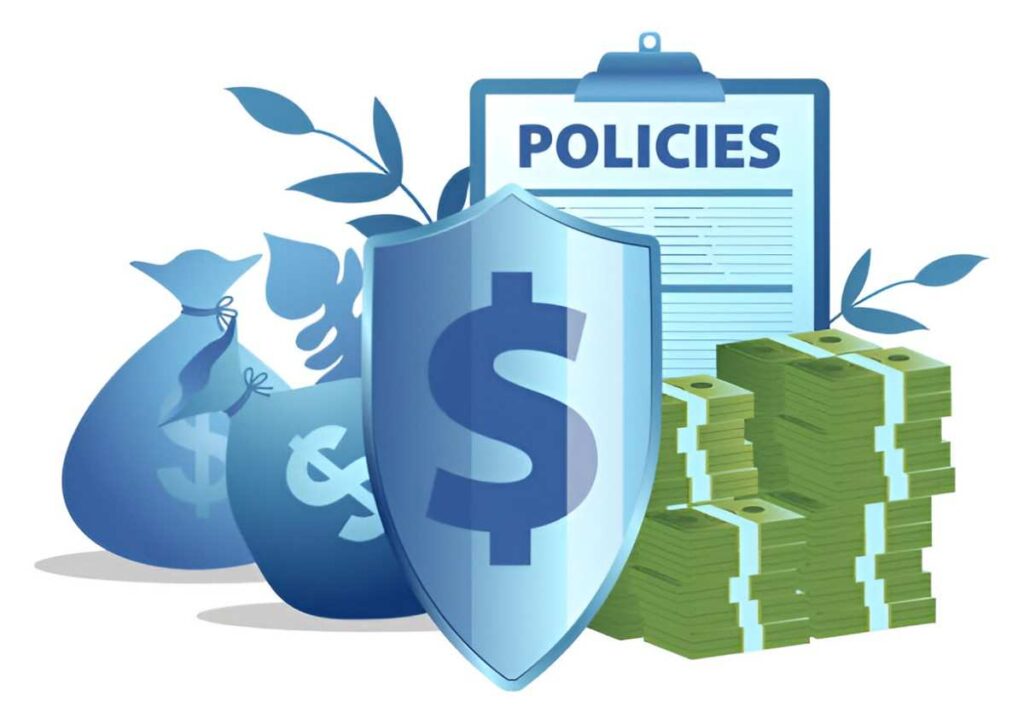As someone deeply immersed in the finance and insurance industries, I often encounter questions about risks that are not immediately obvious but can have significant financial implications. One such risk is riot and civil commotion (RCC). While it may seem like a niche topic, understanding RCC is critical for businesses, insurers, and policymakers. In this article, I will explore the definition of riot and civil commotion, its coverage in insurance policies, and real-world examples. I will also delve into the socioeconomic factors that contribute to RCC and how businesses can mitigate these risks.
Table of Contents
What Is Riot and Civil Commotion?
Riot and civil commotion refer to public disturbances involving violence, property damage, or other unlawful acts by a group of people. These events often arise from social, political, or economic tensions and can escalate quickly, causing widespread disruption.
Legally, a riot is defined as a violent disturbance by a group of three or more people, while civil commotion is a broader term that includes widespread unrest, often involving larger groups and more prolonged disturbances. For example, the 2020 protests following the death of George Floyd involved both riots and civil commotion, with varying degrees of violence and property damage across different cities.
The Socioeconomic Context of Riot and Civil Commotion
In the United States, RCC events are often linked to underlying socioeconomic factors such as income inequality, racial tensions, and political polarization. For instance, the 1992 Los Angeles riots were triggered by the acquittal of police officers involved in the beating of Rodney King but were fueled by long-standing issues of racial discrimination and economic disparity.
Understanding these factors is crucial for assessing the likelihood of RCC events and their potential impact. For example, cities with higher levels of income inequality may be more prone to civil unrest. A study by the National Bureau of Economic Research found that areas with greater income disparity experienced more frequent and severe riots.
Insurance Coverage for Riot and Civil Commotion
Insurance policies often include coverage for riot and civil commotion under property and casualty insurance. However, the extent of coverage can vary significantly depending on the policy and the insurer.
Standard Coverage
Most standard property insurance policies cover damage caused by riots and civil commotion. This includes damage to buildings, inventory, and other physical assets. For example, if a business’s storefront is vandalized during a riot, the insurance policy may cover the cost of repairs.
However, there are often exclusions and limitations. For instance, some policies may not cover losses due to looting or may have a cap on the amount payable for RCC-related claims.
Specialized Coverage
For businesses in high-risk areas, specialized RCC insurance may be necessary. This type of coverage provides broader protection, including business interruption losses. For example, if a riot forces a business to close temporarily, the policy may cover lost income during the closure.
Calculating Insurance Premiums
Insurance premiums for RCC coverage are typically based on the likelihood of an event occurring and the potential severity of the damage. Insurers use historical data and statistical models to assess these risks. For example, the probability of a riot occurring in a specific area can be estimated using the following formula:
P(R) = \frac{N_r}{N_t}Where:
- P(R) is the probability of a riot.
- N_r is the number of riots in the area over a given period.
- N_t is the total number of years in the period.
For instance, if a city experienced 5 riots over the past 20 years, the probability of a riot occurring in any given year would be:
P(R) = \frac{5}{20} = 0.25 \text{ or } 25\%This probability is then used to calculate the premium, along with other factors such as the value of the insured property and the level of coverage.
Real-World Examples of Riot and Civil Commotion
To better understand the impact of RCC, let’s examine a few notable examples from recent history.
1. The 1992 Los Angeles Riots
The Los Angeles riots were one of the most destructive RCC events in U.S. history. Triggered by the acquittal of police officers involved in the beating of Rodney King, the riots resulted in 63 deaths, over 2,000 injuries, and an estimated $1 billion in property damage.
Many businesses affected by the riots had insurance coverage, but some faced challenges in recovering their losses due to policy exclusions or insufficient coverage.
2. The 2020 George Floyd Protests
The protests following the death of George Floyd involved both peaceful demonstrations and violent riots. Businesses across the country suffered significant losses, with estimates of total property damage exceeding $2 billion.
Insurance claims surged during this period, highlighting the importance of adequate RCC coverage. However, some businesses discovered gaps in their policies, such as exclusions for looting or civil authority orders.
3. The 2014 Ferguson Unrest
The unrest in Ferguson, Missouri, following the shooting of Michael Brown, resulted in widespread property damage and business closures. Many small businesses in the area struggled to recover, as they lacked sufficient insurance coverage.
Mitigating the Risks of Riot and Civil Commotion
As a business owner or risk manager, there are several steps you can take to mitigate the risks associated with RCC.
1. Assess Your Risk Exposure
Start by evaluating the likelihood of RCC events in your area. Consider factors such as local socioeconomic conditions, historical data, and current events.
2. Review Your Insurance Policy
Ensure that your insurance policy provides adequate coverage for RCC-related losses. If necessary, consider purchasing specialized RCC coverage or adding endorsements to your existing policy.
3. Implement Security Measures
Invest in security measures such as surveillance cameras, reinforced doors, and window shutters. These can deter vandalism and reduce the risk of damage during a riot.
4. Develop a Business Continuity Plan
A business continuity plan can help you respond effectively to RCC events and minimize disruptions. This plan should include steps for securing your property, communicating with employees, and resuming operations as quickly as possible.
The Role of Government and Policymakers
Government and policymakers also play a critical role in addressing the root causes of RCC and mitigating its impact.
1. Addressing Socioeconomic Inequality
Policies aimed at reducing income inequality and improving access to education and healthcare can help prevent civil unrest. For example, increasing the minimum wage and expanding affordable housing programs can address some of the underlying issues that contribute to RCC.
2. Strengthening Law Enforcement
Effective law enforcement is essential for maintaining public order during periods of unrest. However, it is equally important to ensure that law enforcement practices are fair and transparent to avoid exacerbating tensions.
3. Supporting Affected Communities
Government programs that provide financial assistance and resources to businesses and communities affected by RCC can aid in recovery and rebuilding efforts.
Conclusion
Riot and civil commotion are complex phenomena with significant financial and social implications. By understanding the causes and consequences of RCC, businesses and policymakers can take proactive steps to mitigate risks and promote stability.





